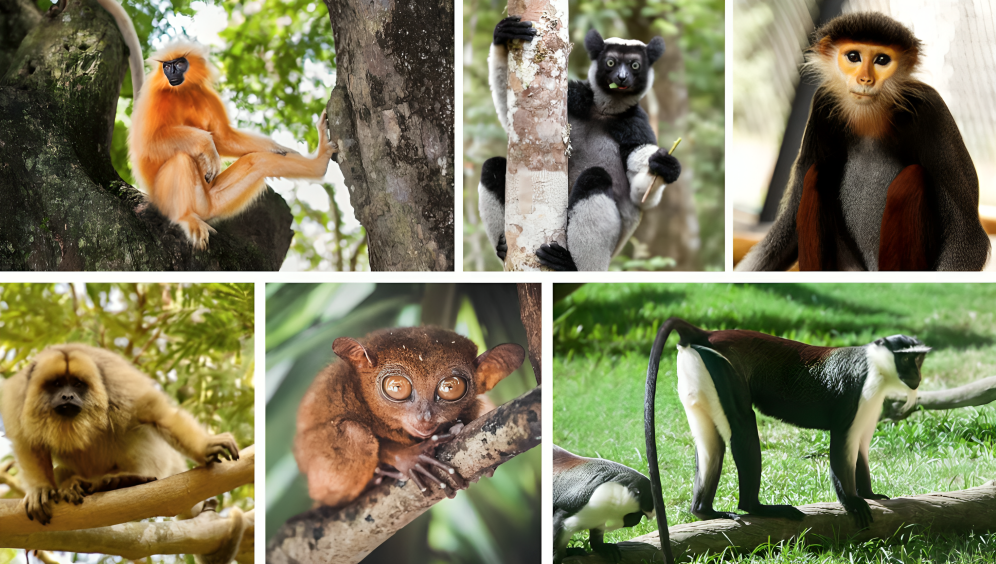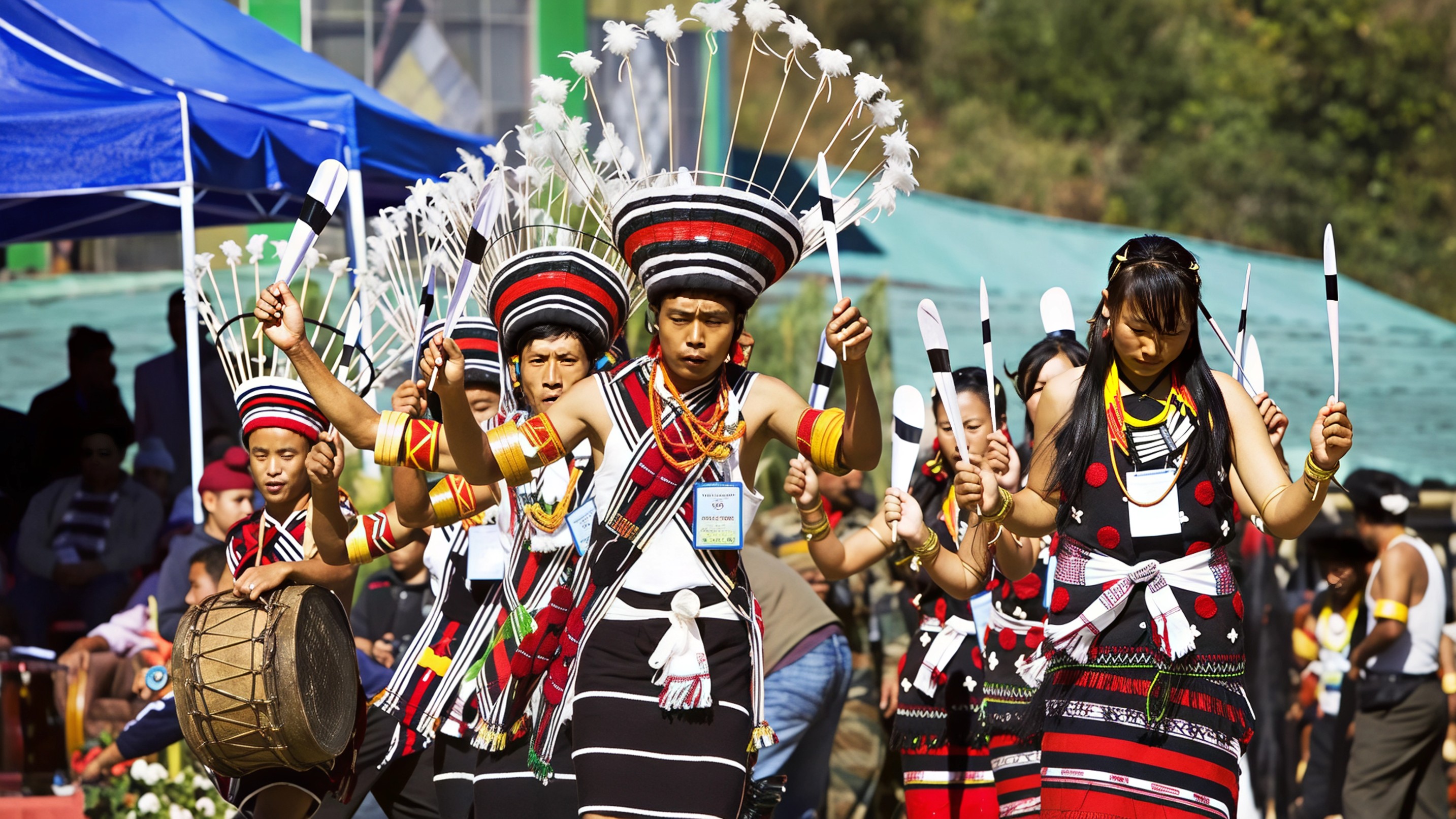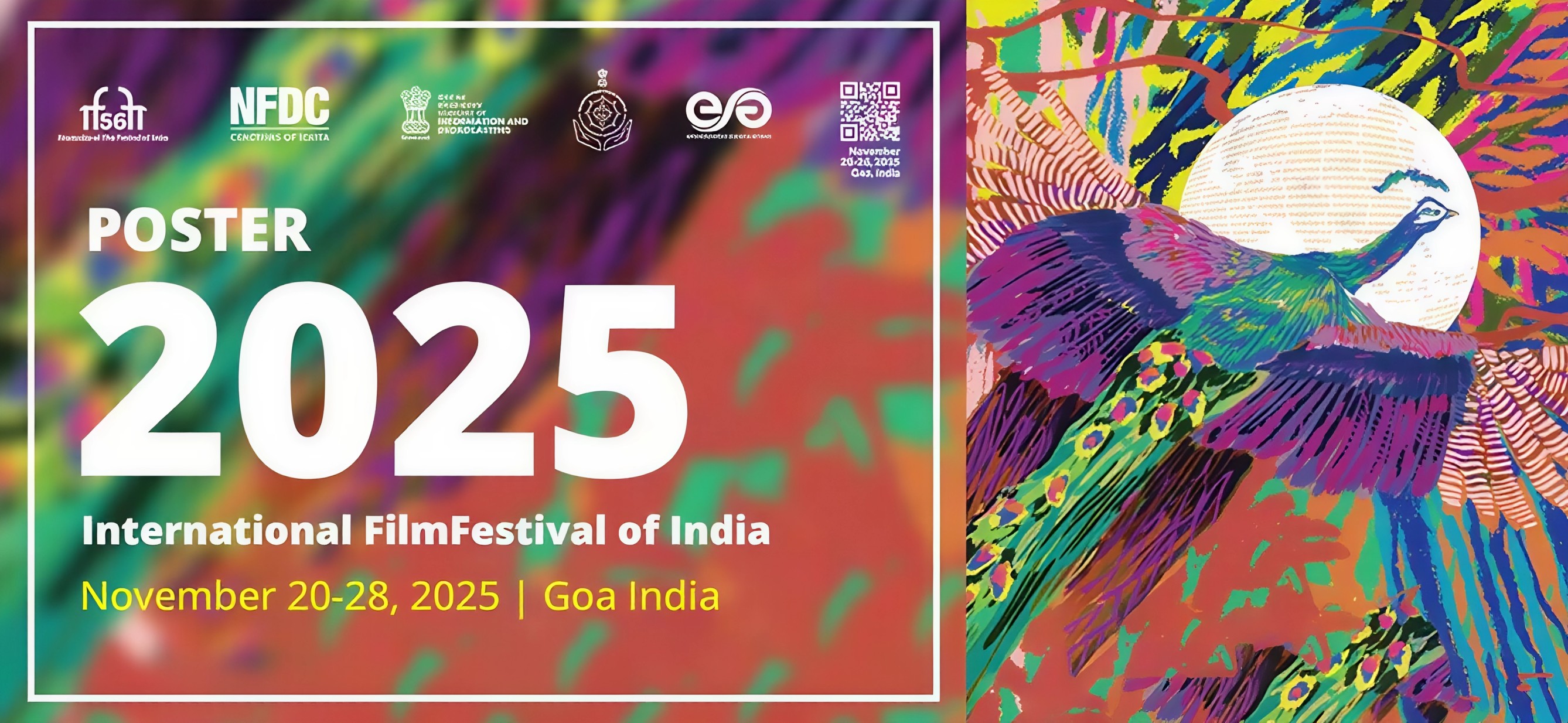Primates have always fascinated humans for their intelligence, expressiveness, and closeness to our own species. From the tree canopies of Madagascar to the misty mountains of China, these creatures embody the diversity and wonder of the natural world. But as deforestation, poaching, and climate change tighten their grip, many of these primates now teeter on the edge of extinction. For travelers and wildlife enthusiasts, seeing them in their natural habitats has become a race against time. Here are ten rare primates you should witness in the wild before they disappear forever.
Golden Snub-Nosed Monkey, China
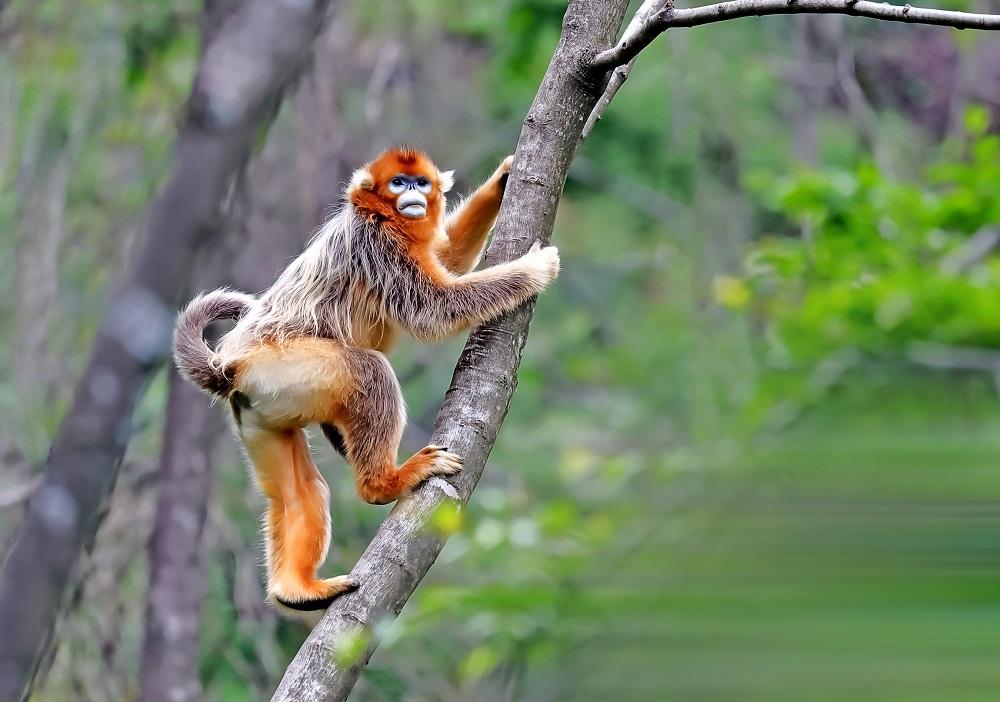
Deep within the snow-clad mountains of central and southwestern China lives one of the world’s most striking primates—the golden snub-nosed monkey. With its brilliant golden fur and piercing blue face, this monkey thrives in the forests of Qinling and Sichuan. Watching them leap through trees in small social groups is like witnessing living art against a white, misty backdrop.
Tarsier, Philippines
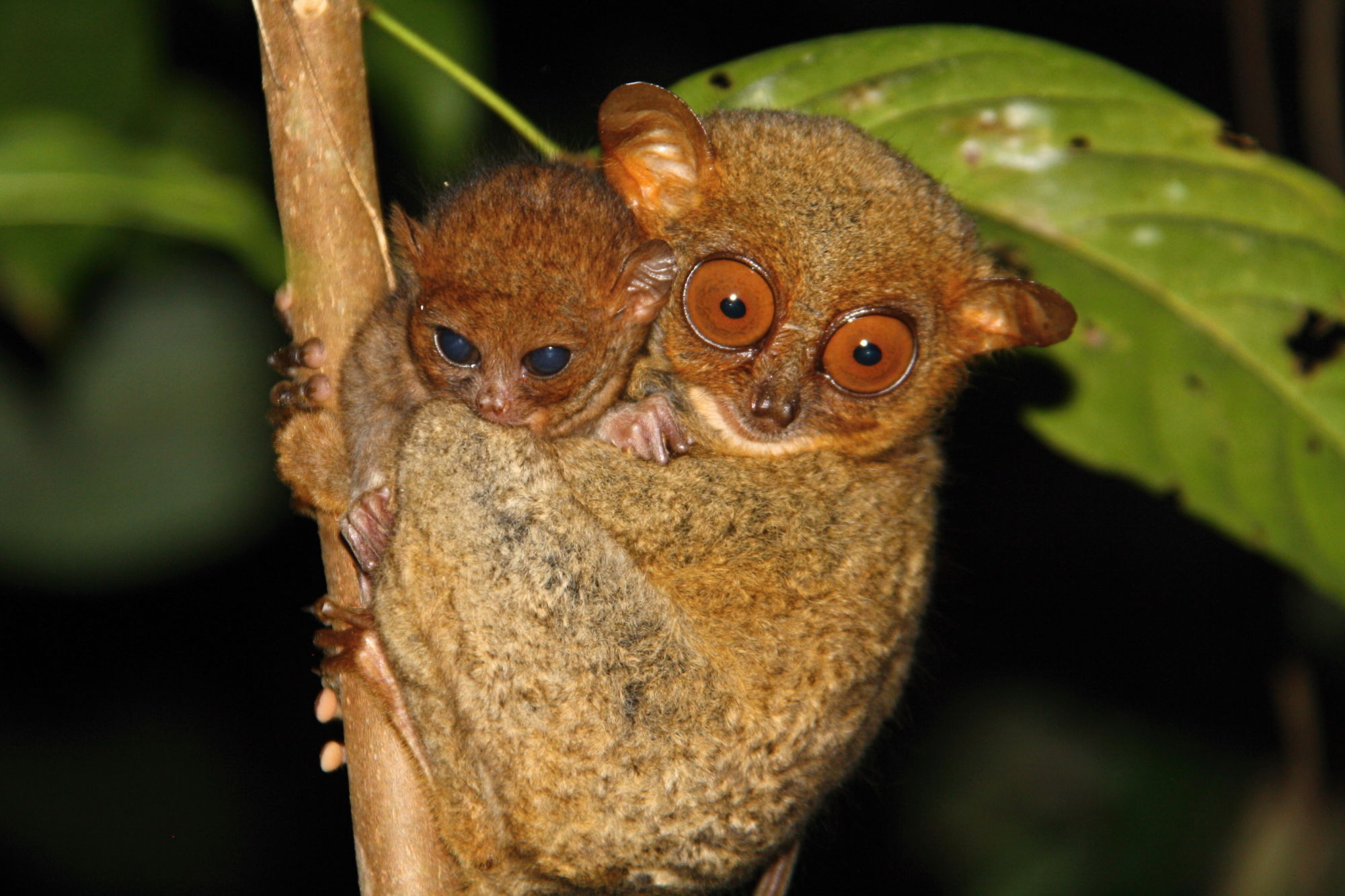
Small enough to fit in your palm, the tarsier is an icon of the Philippines’ tropical forests. With its enormous eyes that seem to glow in the dark, this nocturnal creature is best spotted during guided night tours in Bohol and Leyte. They cling silently to branches, moving only when hunting for insects. It is a magical, almost otherworldly sight that makes you appreciate nature’s delicate wonders.
Proboscis Monkey, Borneo
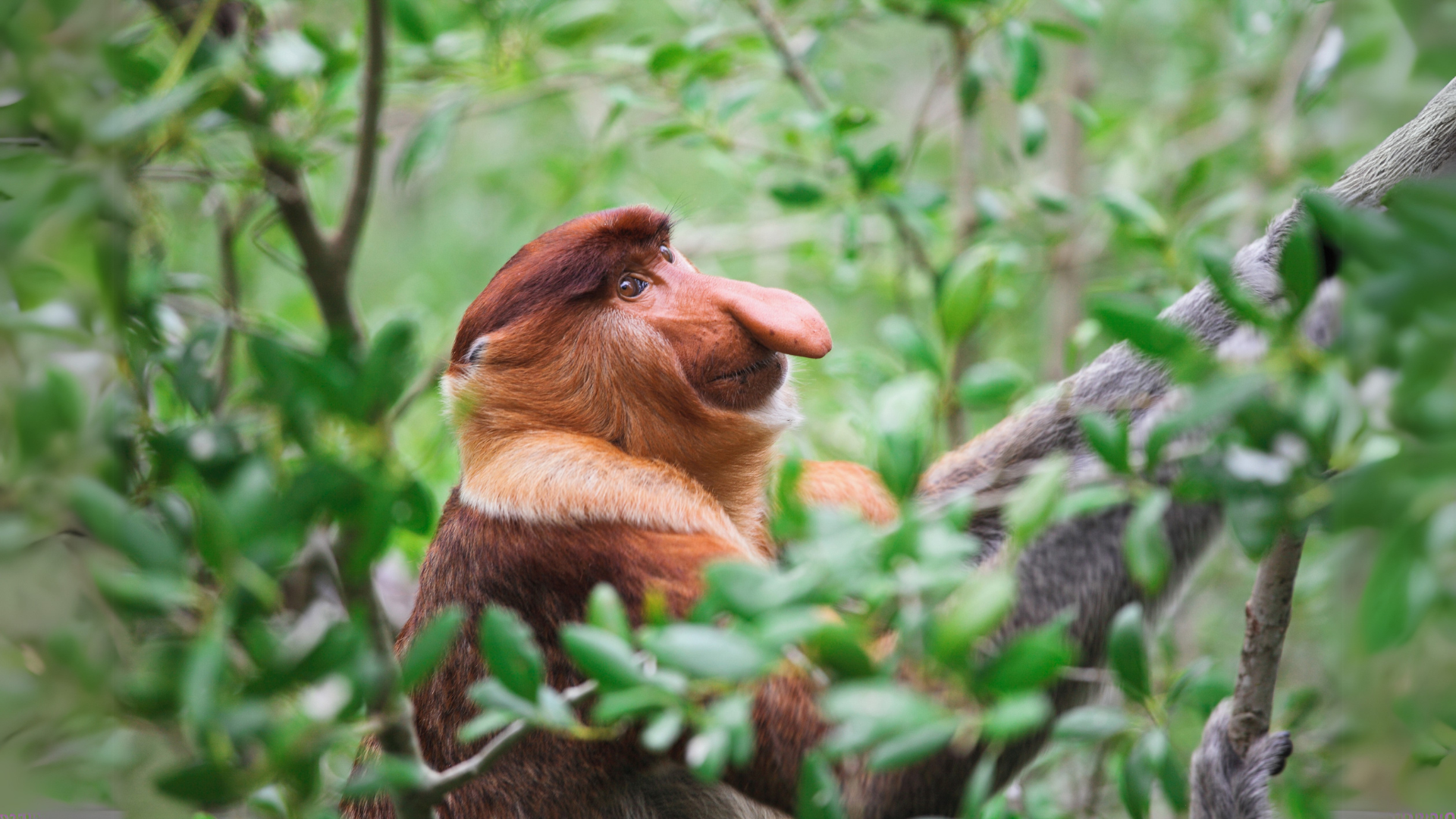
Found only in Borneo, the proboscis monkey is instantly recognizable by its long nose and reddish-brown coat. These sociable monkeys live along mangrove forests and riverbanks, particularly in Sabah and Sarawak. The best way to spot them is from a riverboat, gliding quietly as they play, swim, and swing from trees. Their odd charm makes them one of Southeast Asia’s most captivating creatures.
Yellow-Tailed Woolly Monkey, Peru
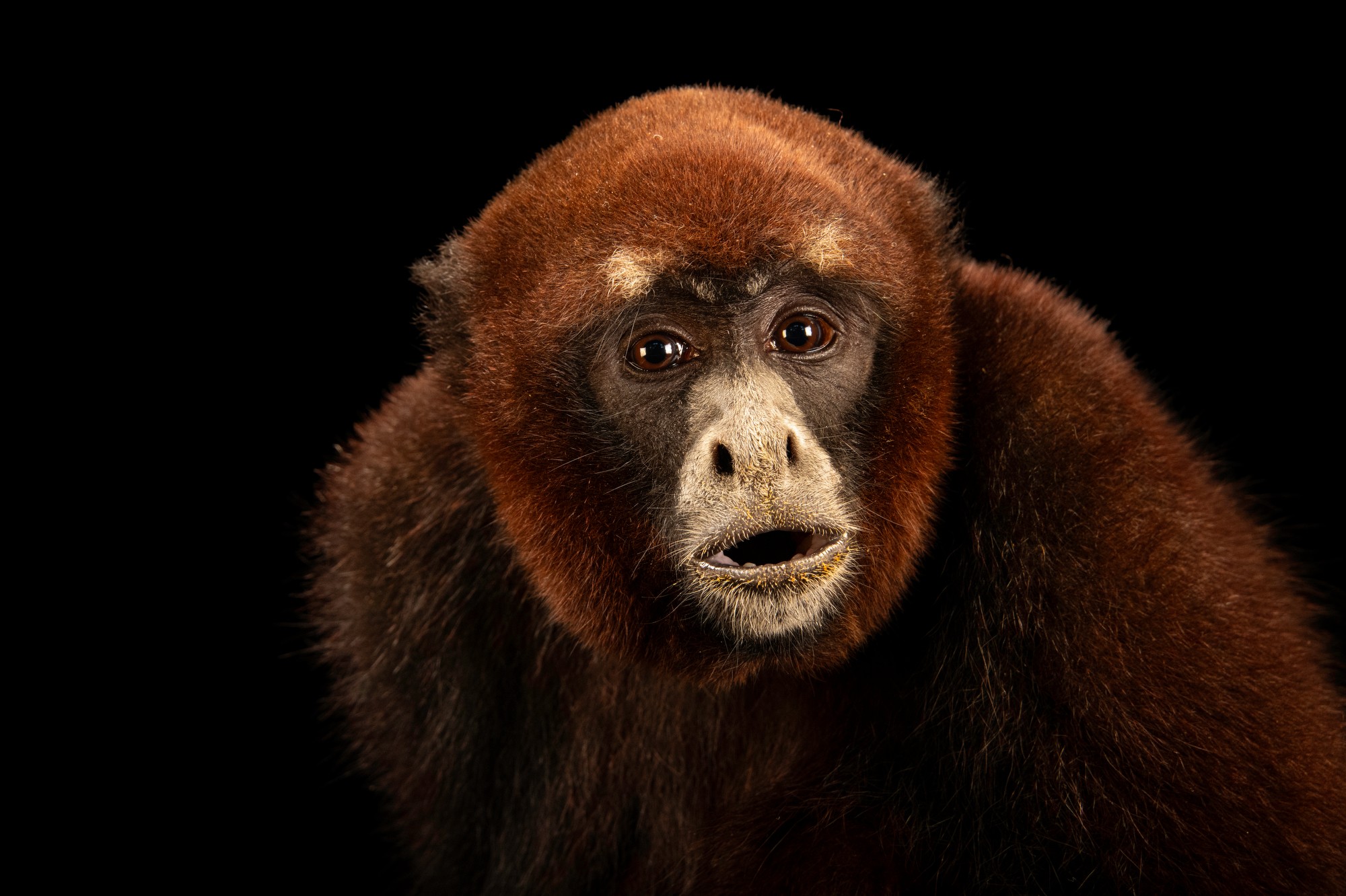
Hidden deep within Peru’s remote Andean cloud forests, the yellow-tailed woolly monkey is one of the rarest primates on Earth. With soft golden fur and soulful eyes, they move gracefully through dense forests in small, elusive groups. To see them in the wild, visitors often trek through protected reserves with expert local guides who help locate these mysterious primates in their natural kingdom.
Black-and-White Snub-Nosed Monkey, China
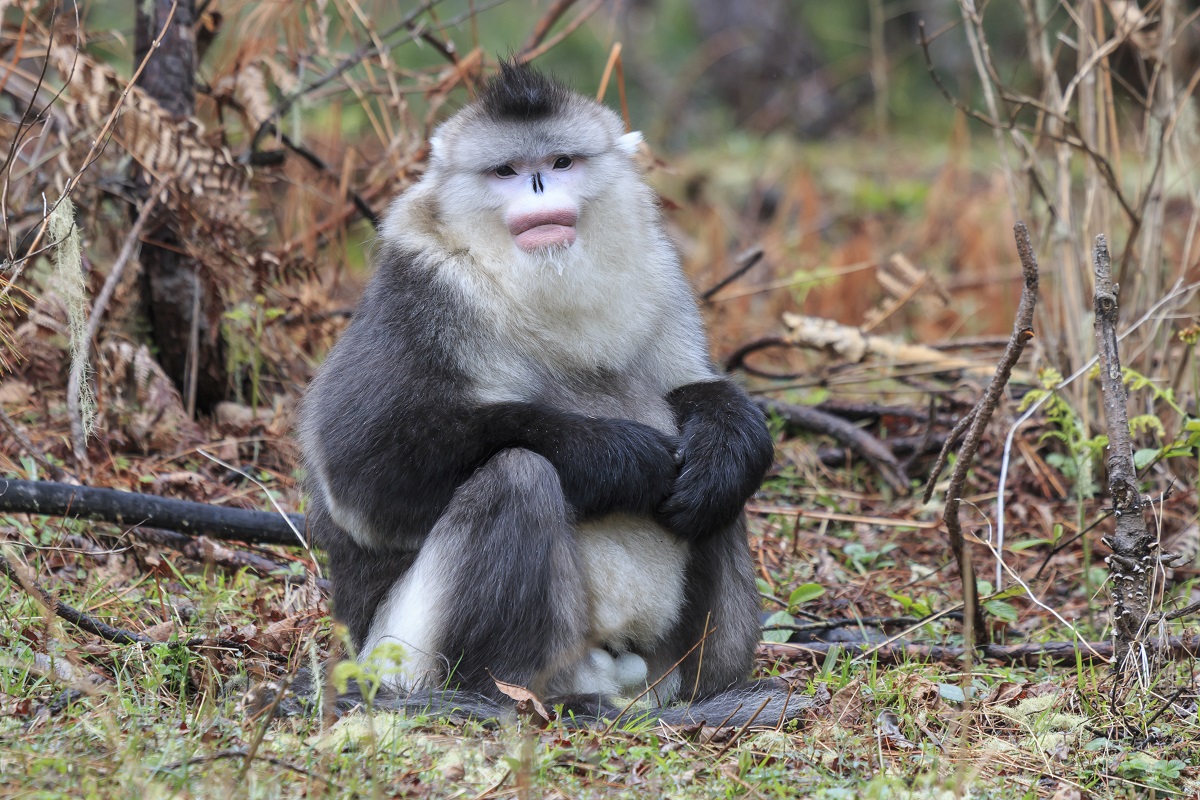
Even rarer than its golden cousin, the black-and-white snub-nosed monkey lives in the high-altitude forests of Yunnan. These mountain dwellers endure freezing temperatures, spending their days foraging quietly among snow-dusted trees. Seeing one is a reward that few experience, as their habitat lies far from tourist routes—making every glimpse feel like uncovering a hidden treasure.
Roloway Monkey, Ghana and Côte d’Ivoire
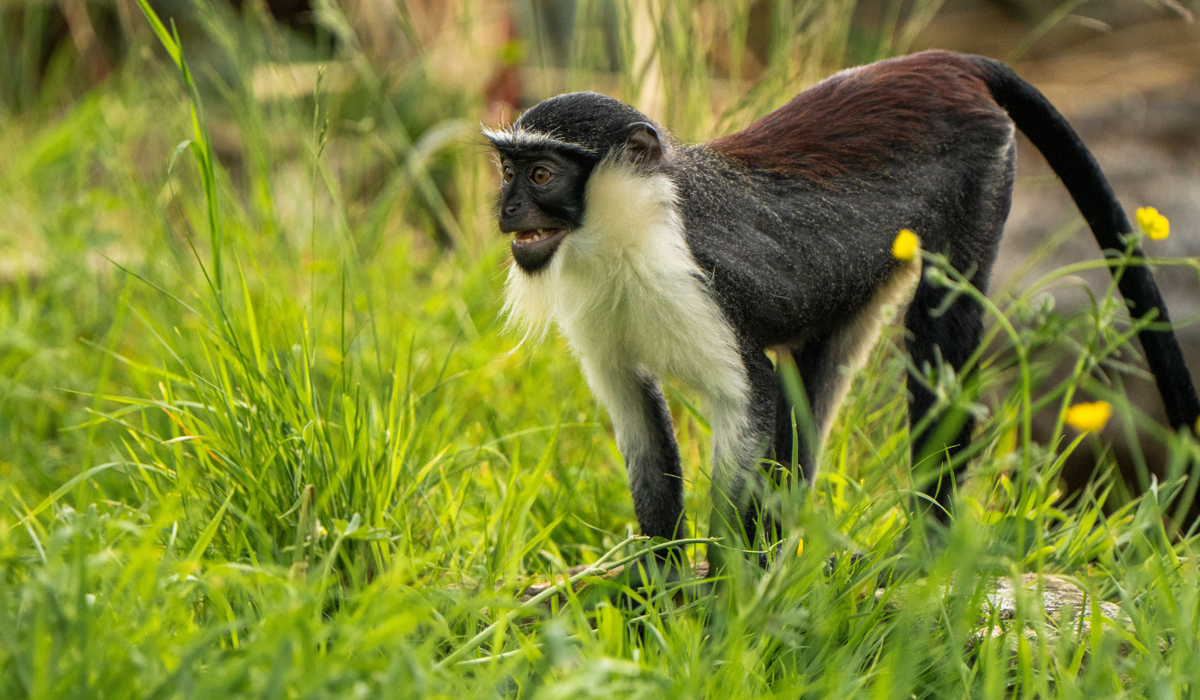
In the rainforests of West Africa, the Roloway monkey stands as one of the continent’s most endangered primates. Its elegant black and white fur and expressive eyes make it a symbol of grace and fragility. Conservation programs in Ghana’s Kakum National Park allow visitors to observe these gentle monkeys while supporting vital efforts to protect their dwindling population.
Red-Shanked Douc, Vietnam and Laos
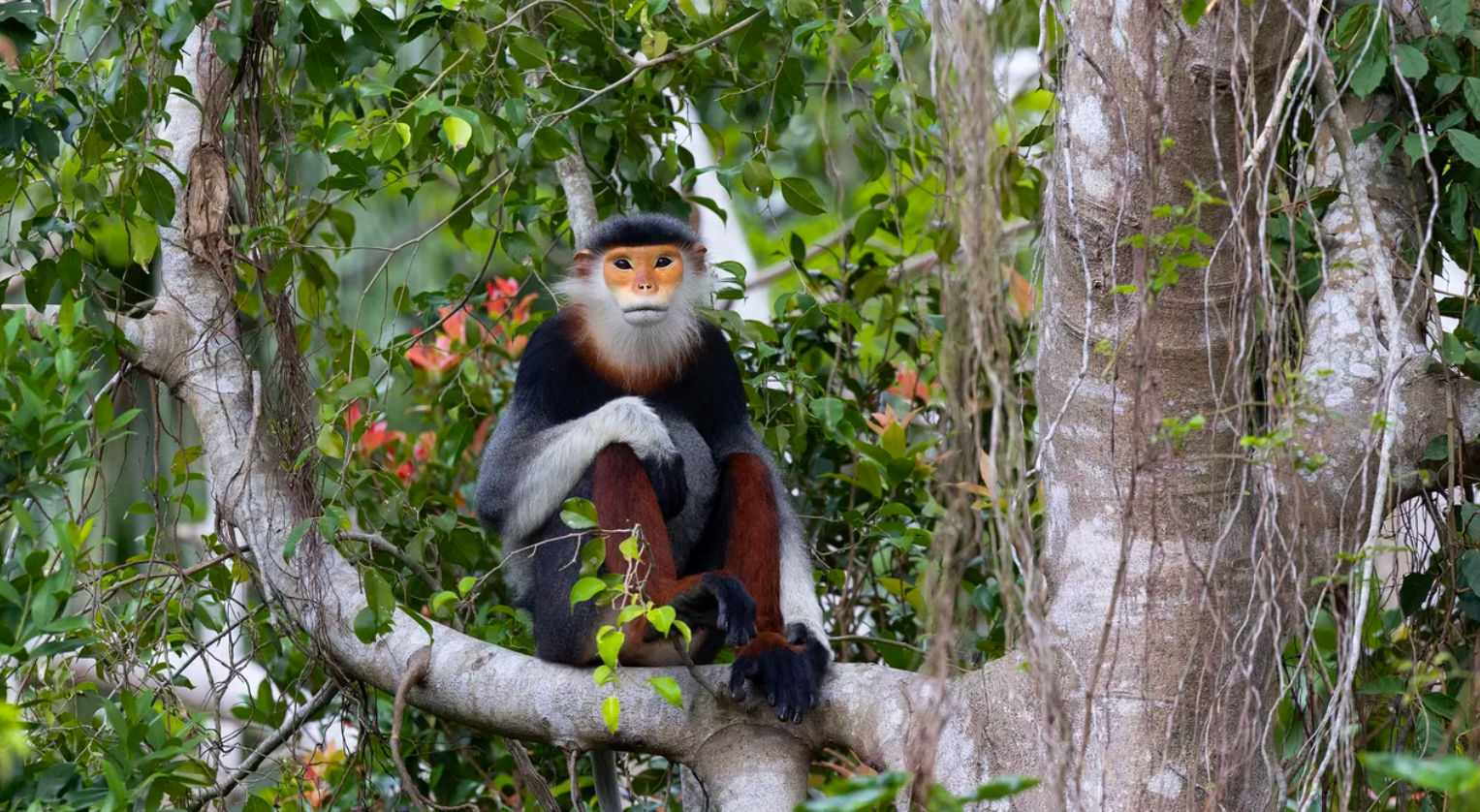
Known as the most colorful primate on Earth, the red-shanked douc is a masterpiece of evolution. With its golden arms, red legs, and soft white face, it almost looks painted by hand. Found in Vietnam’s Bach Ma National Park and the forests of Laos, these monkeys move in large, social groups and are often seen foraging playfully among treetops—a sight that captures the spirit of Southeast Asia’s wild beauty.
Golden Langur, Bhutan and India
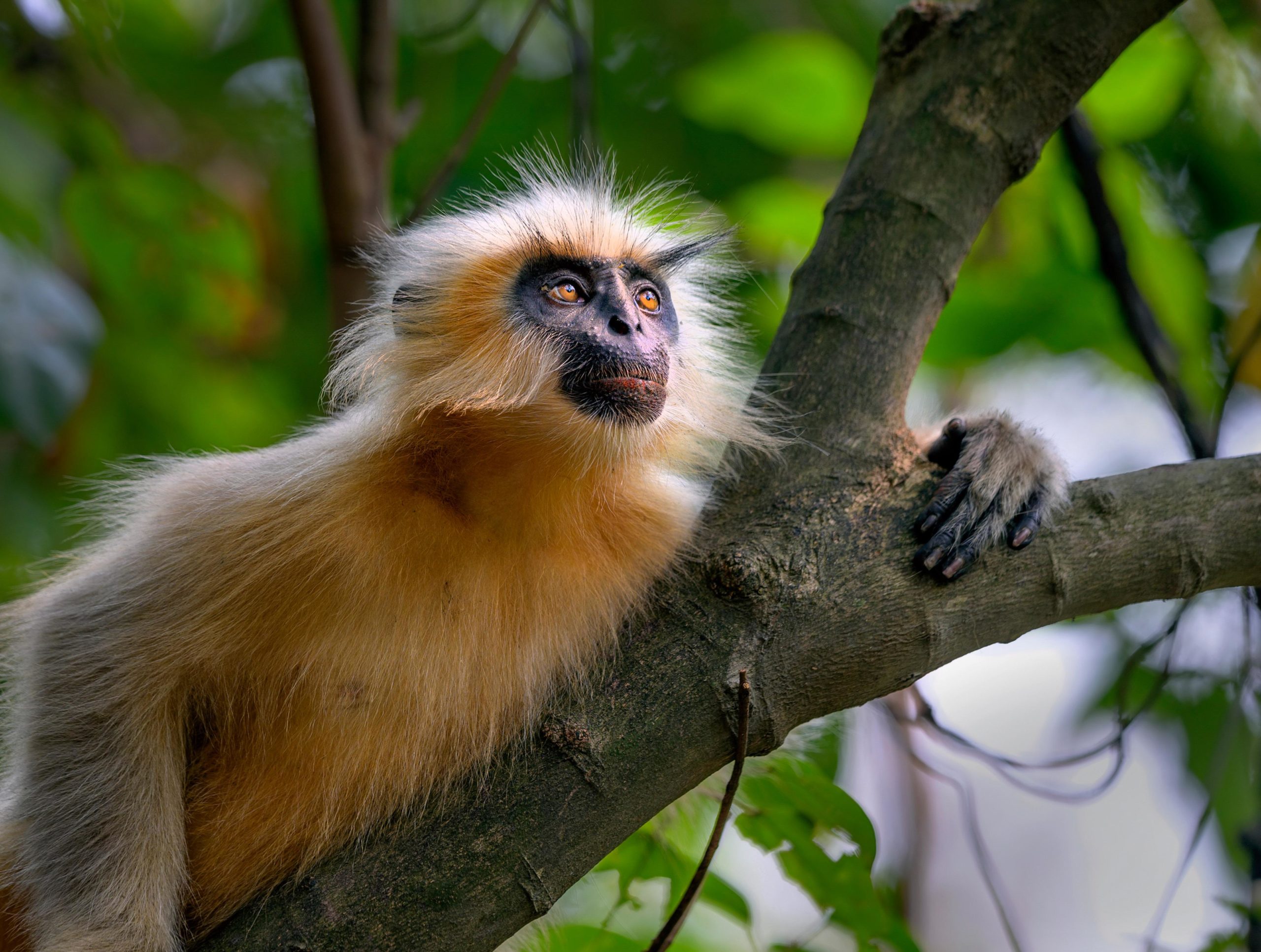
Along the misty Indo-Bhutan border lives the serene golden langur, a primate so rare that spotting one feels like a blessing. Its shimmering golden coat glows softly under the forest light as it leaps gracefully between treetops. Eco-friendly guided tours in the foothills of Assam and Bhutan give travelers a chance to witness these gentle creatures while promoting their conservation.
Indri, Madagascar
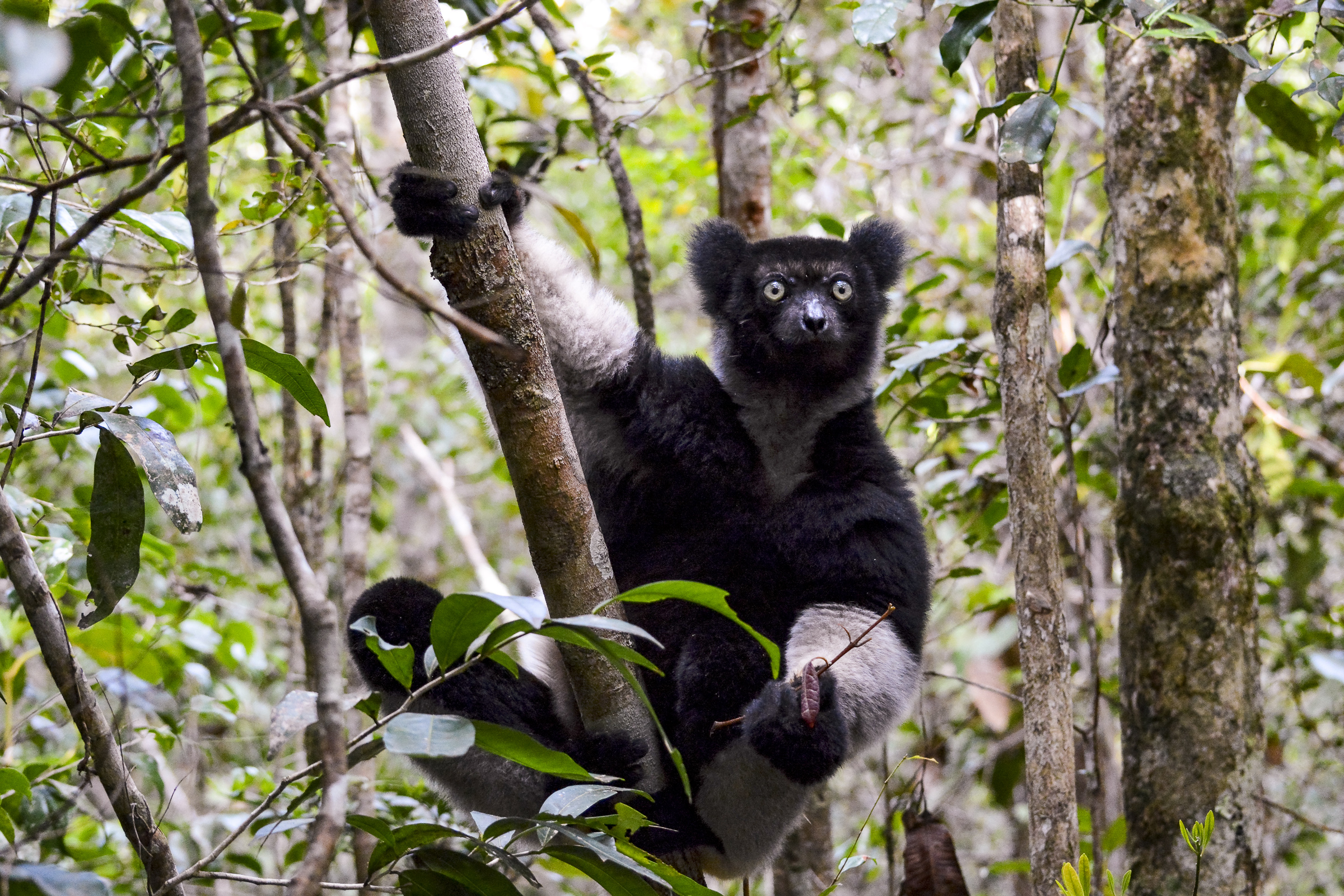
The haunting calls of the indri echo through Madagascar’s rainforests, marking the presence of the island’s largest living lemur. Found mainly in Andasibe-Mantadia National Park, these black-and-white primates move silently among the canopy, communicating through eerie, melodic songs that can be heard for miles. For many travelers, seeing an indri in the wild is a once-in-a-lifetime experience.
Lion-Tailed Macaque, India
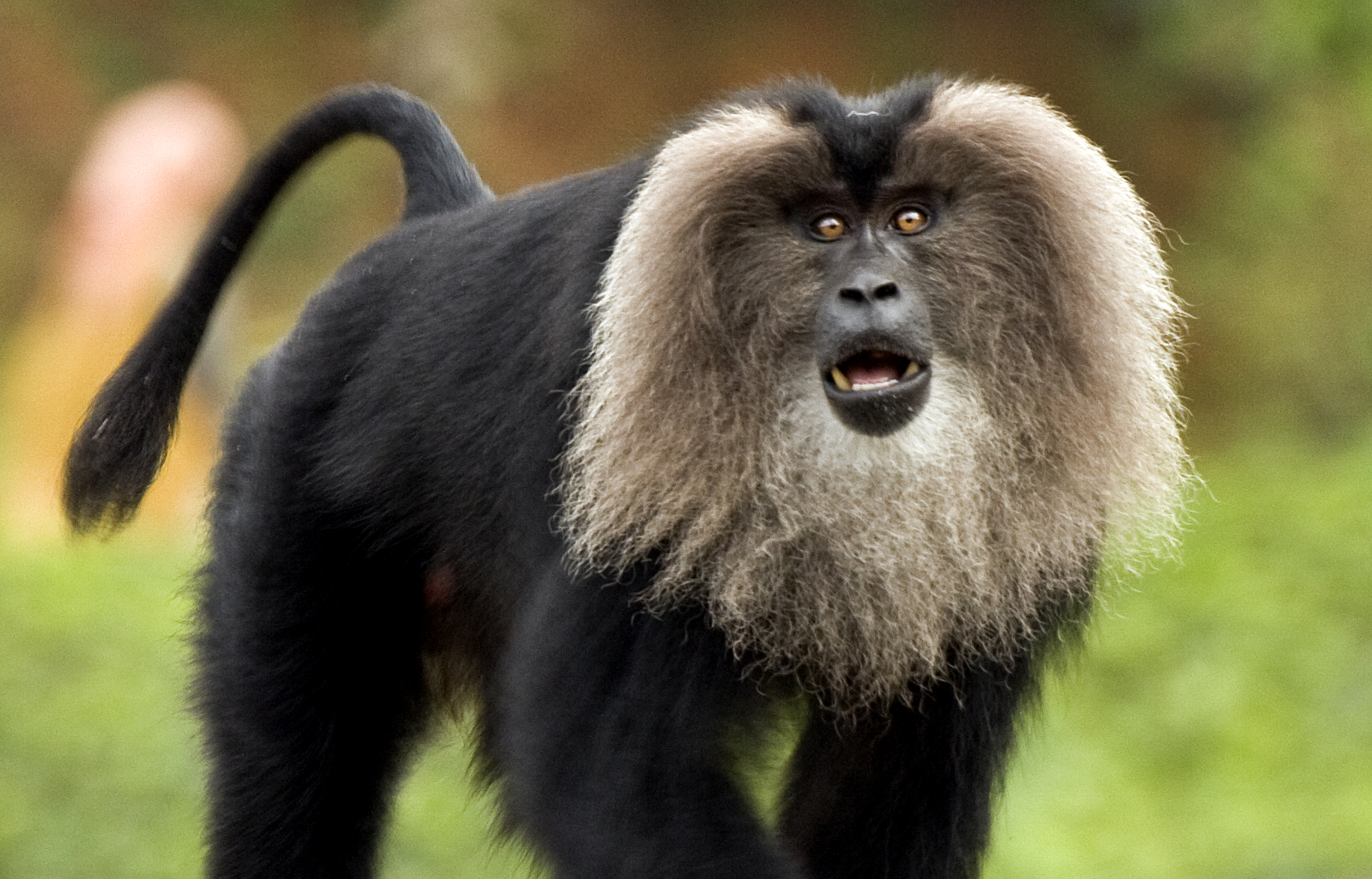
Hidden in the lush forests of the Western Ghats, the lion-tailed macaque is one of India’s most iconic endangered species. Its striking silver-white mane and dark, intelligent eyes make it instantly recognizable. Found mainly in Kerala’s Silent Valley National Park, these quiet, tree-dwelling primates play a vital role in maintaining the ecological balance of the rainforest. Watching them swing effortlessly through ancient trees is a humbling reminder of the delicate connection between humans and nature.
A Race Against Time
Each of these ten primates represents a story of survival and urgency. From the forests of Madagascar to the mountains of China, their futures hang in the balance. Conservation projects across the world are working tirelessly to protect them, but awareness and responsible tourism are equally important. When you travel to these destinations, choose eco-friendly tours, support local conservation efforts, and respect the habitats that sustain these incredible species.
Because one day, if we fail to act, the songs of the indri may fade, the golden langur may leap no more, and the wind in Borneo’s mangroves may whisper only memories of the proboscis monkey.
For more wildlife stories and sustainable travel inspiration, follow Travel Moves on Instagram and Facebook.

